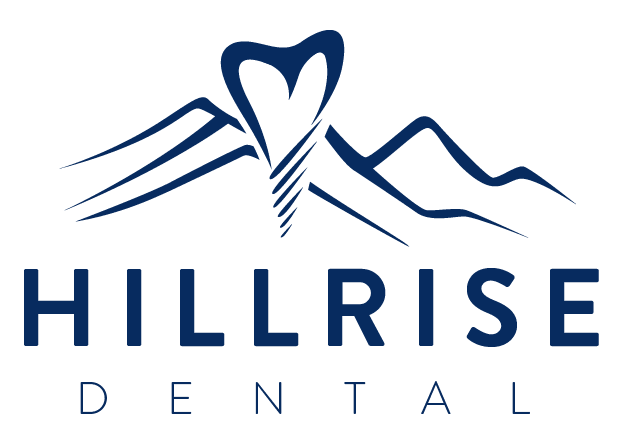Understanding the Basics of Prelone and Prednisone
Prelone and prednisone are both corticosteroids, which are synthetic medications designed to mimic the effects of hormones produced by the adrenal glands. Prelone, also known as prednisolone, is the active form that becomes effective more swiftly within the body. Conversely, prednisone is a prodrug that requires conversion in the liver before it exerts its therapeutic effects. This fundamental distinction sets the stage for understanding how each medication interacts with the body, impacting treatment choices for various conditions.
Both medications are commonly prescribed in the treatment of inflammatory and autoimmune disorders, such as asthma and arthritis. While they share many similarities in function, their pharmacokinetics and bioavailability may influence a physician's choice based on the patient's needs and circumstances. For some, the quicker onset of Prelone might be ideal, while others may benefit from the longer-acting properties of prednisone. Understanding how these two medications work at a foundational level is crucial for both healthcare providers and patients navigating treatment options.
| Medication | Type | Activation |
|---|---|---|
| Prelone | Corticosteroid (Active Form) | Immediate |
| Prednisone | Corticosteroid (Prodrug) | Requires Conversion |
Key Differences in Chemical Composition Unveiled

At the molecular level, the distinctions between prelone and prednisone can significantly impact their pharmacological effects. Both medications are corticosteroids, derived from the hormone cortisol, but they differ in their chemical structure. Prelone, also known as prednisolone, is the active metabolite of prednisone. This means that when prednisone is ingested, it undergoes conversion in the liver to create its active form, prelone. This direct action of prelone often leads to faster therapeutic effects in the body, as it does not require metabolic activation.
Additionally, the binding affinity of prelone to corticosteroid receptors is higher compared to prednisone. This increased potency might influence the efficacy and side effect profile of each medication, showcasing how slight variations in composition can lead to significant differences in clinical application. Understanding these nuances can empower patients and healthcare providers to make more informed decisions about treatment options.
Common Uses of Prelone and Prednisone Explained
Prelone is frequently prescribed for children due to its ability to reduce inflammation and provide relief from conditions such as asthma and allergies. Pediatricians often opt for this liquid formulation because it is easier for young patients to consume, ensuring they receive the necessary dosage without difficulty. On the other hand, prednisone is widely used in adults for a broader range of ailments, including autoimmune diseases, severe allergies, and certain types of cancer. Its versatility makes it a staple in treating various inflammatory and immunological disorders.
Distinctive Side Effects: What to Watch for

When comparing the side effects of Prelone and prednisone, it's essential to recognize how individual responses may vary. Both medications are corticosteroids, and while similar, they can provoke different reactions in patients. With Prelone, some users report increased irritability or mood swings, making it crucial for friends and family to be aware of these changes during treatment.
Prednisone, on the other hand, can lead to a broader range of side effects, including weight gain and fluid retention. Patients taking prednisone often experience higher hunger levels, which can lead to unexpected dietary changes. It's advisable to monitor one’s diet and weight closely during the treatment period.
Both medications can result in immune suppression, increasing susceptibility to infections. Patients should remain vigilant about hygiene and health, especially during flu seasons. Understanding these side effects helps foster better communication between patients and healthcare providers.
Lastly, long-term use of either medication can lead to serious complications such as osteoporosis or cardiovascular issues. Regular check-ups and discussions with healthcare professionals are vital in managing these risks effectively. By staying informed and proactive, patients can mitigate some potential side effects associated with Prelone and prednisone.
Dosage Variations and Administration Methods Compared
While both prelone and prednisone serve similar therapeutic purposes, their dosing guidelines and administration methods can significantly differ. Prelone, typically available in liquid form, often allows for more precise dosing, especially important for pediatric patients. This flexibility is crucial when titrating doses to manage conditions effectively, as children sometimes require adjustments that aren't feasible with standard tablets.
On the other hand, prednisone usually comes in tablet form, which may be preferable for adult patients due to its convenience. The dosing for prednisone varies widely based on the condition being treated, underscoring the importance of a healthcare provider's input.
| Medication | Common Dosage Forms | Typical Dosage Range | Administration Method | |------------|---------------------|----------------------|-----------------------| | Prelone | Liquid | 1-2 mg/kg daily | Orally | | Prednisone | Tablet | 5-60 mg daily | Orally |
Both medications should be taken with food to mitigate gastric irritation, but the specific instructions might vary based on individual patient needs and responses. Understanding these differences is essential for optimal treatment outcomes.
Important Considerations for Long-term Use and Safety
When considering prolonged use of Prelone or Prednisone, patients must remain mindful of potential adverse effects. Chronic administration can lead to complications such as adrenal suppression, which can affect the body's ability to produce natural corticosteroids. This poses an increased risk during times of stress, necessitating careful monitoring by healthcare providers.
Moreover, long-term use of these medications may contribute to osteoporosis, particularly in older adults. Patients should engage in preventative measures, including dietary adjustments and possible supplementation, to strengthen bone health. Regular screening for bone density is advisable.
Weight gain is another common concern associated with extended treatment. A balanced diet and regular physical activity can help mitigate this side effect. Furthermore, routine consultations with a healthcare professional can efficiently track and manage these risks, ensuring patient safety and well-being.
Lastly, understanding the psychological impacts is crucial. Prolonged corticosteroid use may lead to mood swings or even depression in some individuals. Open communication with caregivers about emotional changes can facilitate timely interventions, promoting both physical and mental health.
